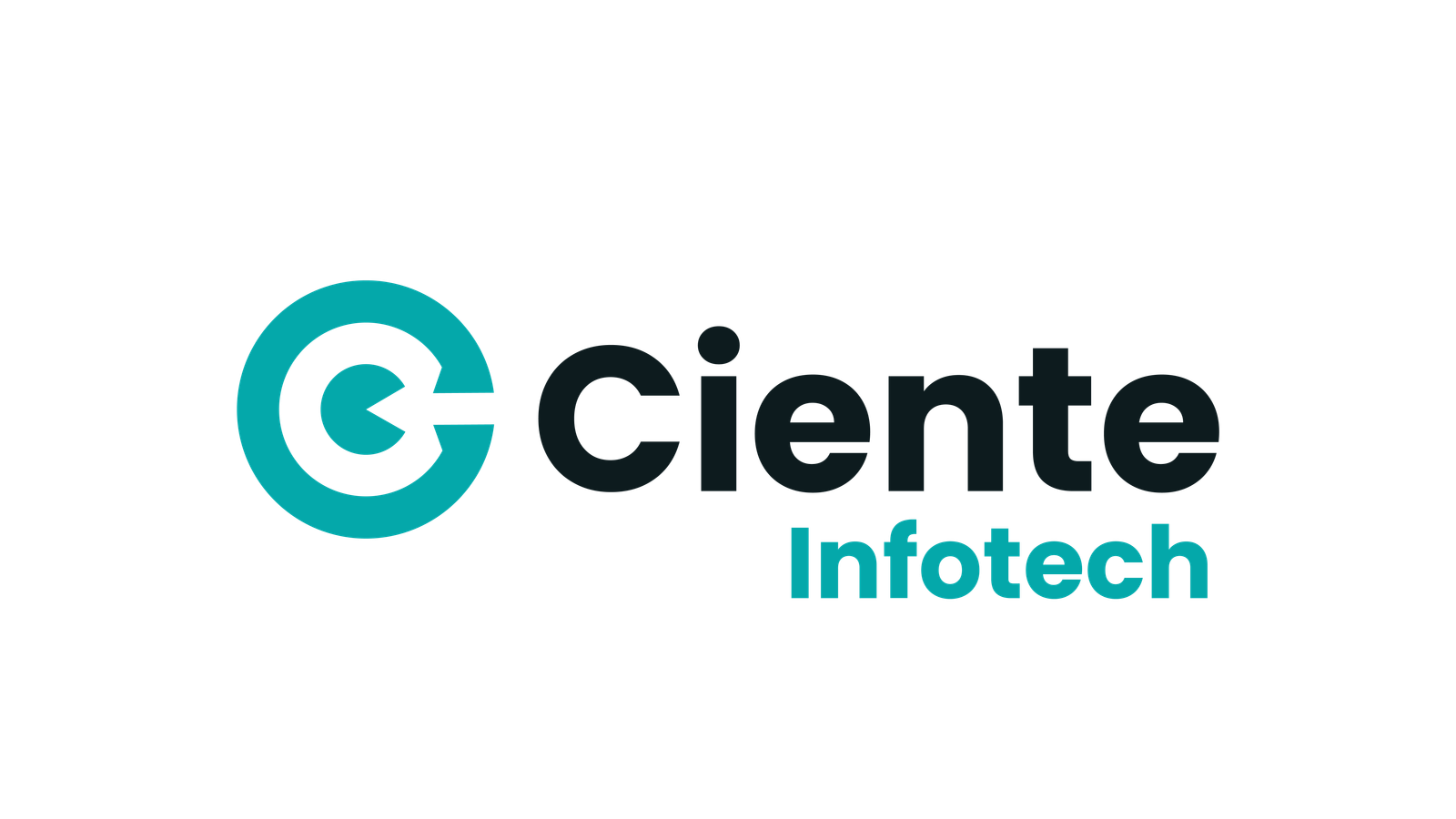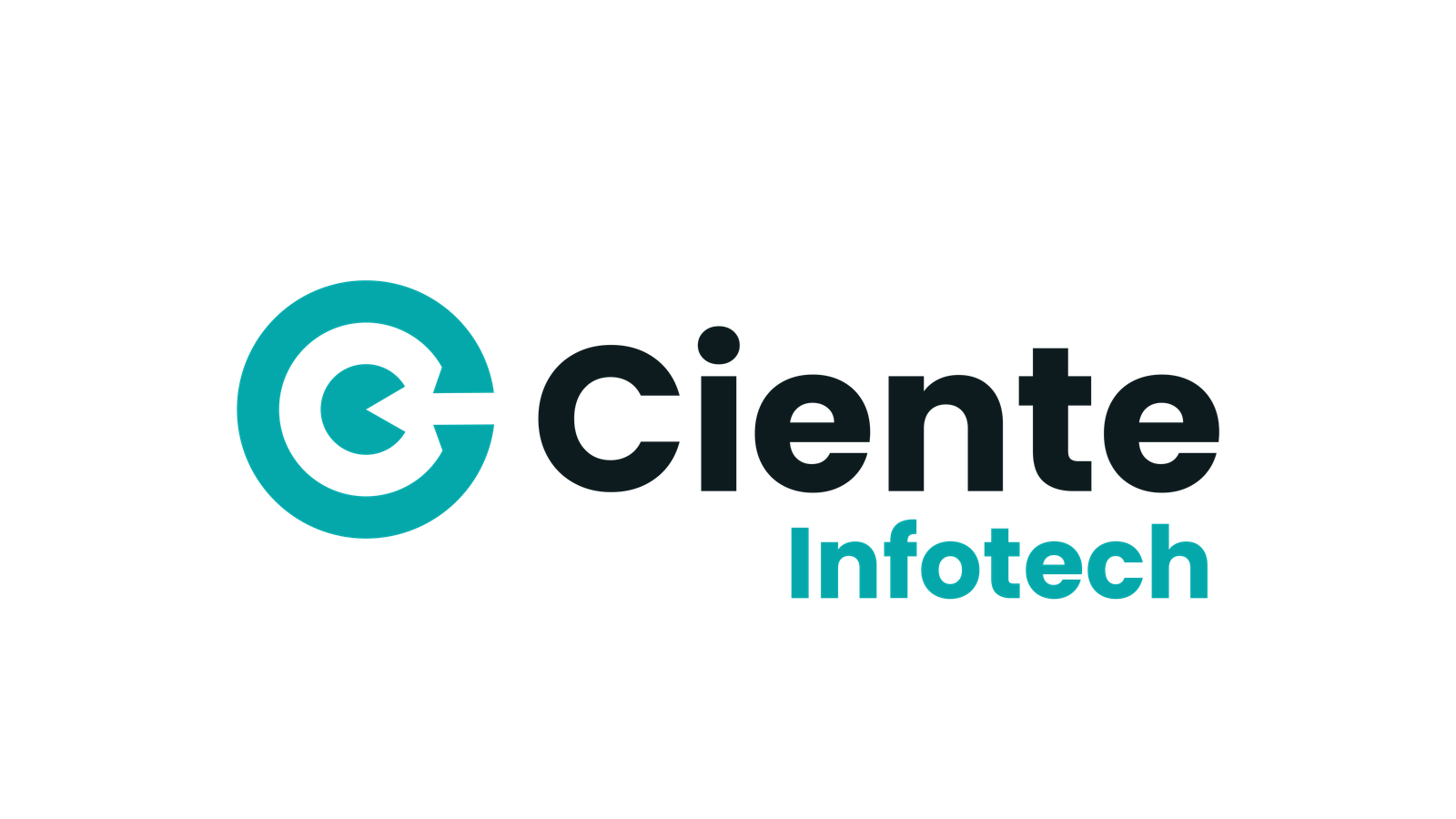Data infrastructure’s scalability depends on selecting the right modeling tool. But with similar tools available in the market, how do you choose the best?
Your business structure determines the success or failure in executing AI-first operations, real-time analytics, and privacy-by-design frameworks.
It all boils down to how you design your database structure.
Modeling tools have a significant influence on conventional database planning. They determine an organization’s data management capabilities and its capability for data value extraction.
To help you further understand, this guide is an all-encompassing solution for anyone who handles data pipelines at any stage, manages product records, or operates within large organizational frameworks.
Let’s dive into the 10 data modeling tools outlined according to different operational requirements – from agile NoSQL environments to compliant legacy systems.
Why opt for a data modeling tool?
The selection process focuses on a tool’s genuine fit. You must select the most suitable tool for your architectural needs, team members, and business development requirements.
The following section reveals an organized collection of data modeling tools demonstrating specialized capabilities for strategic and exact platform construction.
The importance of data modeling tools has reached unprecedented heights due to current business needs.
The quantity of data-driven organizations makes faulty modeling of data structures a strategic weakness instead of a technical trouble.
Modern organizations use data modeling tools for three specific essential tasks.
- An expanding business entails several complex data requirements, and it’s a challenge to handle everything in a blink. So, data modeling tools establish a well-defined structure to store and relate information, preventing system collapse when the company grows.
- Every organization must have shared terminology that lets different departments understand one another, facilitating collaborative work activities.
Data models provide the common language used between different groups of users. The correct set of tools allows users to deliver requirements clearly while discovering errors and allowing fast implementation cycles.
- Implementing GDPR, HIPAA, and the AI Act requires an exact understanding of data movement within systems because these regulations now have stricter enforcement capabilities. Data modeling tools facilitate controlled auditing procedures and best practice adherence through their comprehensive documentation methods.
- AI requires data warehousing technology, which enables better functionality. Clean formatting with well-documented data structures cuts the time needed to deal with disorderly data collections before building sophisticated algorithms.
Criteria For Evaluating Data Modeling Tools
Not all modeling tools are created equal. The right choice depends on your scale, complexity, team structure, and future roadmap. We evaluated each tool using the following criteria:
- Ease of use: intuitive interfaces and learning curves
- Collaboration: multi-user access, versioning, and comments
- Database compatibility: SQL, NoSQL, cloud-native, hybrid
- Forward & reverse engineering: to generate schemas and infer models from existing DBs
- Integration: with CI/CD pipelines, BI tools, or data catalogs
- Governance support: lineage tracking, metadata handling
- Pricing: flexibility for teams at different stages
Top 10 best data modeling tools in the market
Data modeling tools have one essential capability: to help data groups perform their best. They also help transform disorganized raw data into understandable and clean data.
1. Erwin Data Modeler
Erwin has long been the gold standard for enterprise-level data modeling. It offers advanced capabilities for forward and reverse engineering, metadata management, and integration with governance platforms.
Why it stands out: Erwin isn’t just a modeling tool, but an entire ecosystem. Large enterprises chose it specifically for the ability to enforce standards, manage metadata, and seamlessly integrate with cataloging and analytics tools.
Best for: Enterprises with complicated and intricate regulatory needs.
Best for: Enterprises that require detailed regulation management in their operations.
2. Lucidchart
Lucidchart has transformed from its previous role as a diagramming tool into a key productivity and data modeling solution. This platform features a user-friendly drag-and-drop system, real-time collaboration, and integration capabilities that provide optimal cross-team utility.
Why it stands out: Flexibility. The tool functions widely to create conceptual models that engineers can use for technical implementation after the early brainstorming step.
Best for: Cross-functional teams can use this tool as their main solution for data visualization and team collaboration.
3. dbt (Data Build Tool)
Data Build Tool stands out from conventional tools by SQL-based transformations to warehouse data. It relies on analytical engineering methodologies that mix modularity with version control and testing.
Why it stands out: Data Build Tools unite data modeling with data transformation to become an essential component of present-day Elastic Load Transformation systems. The system enables both documentation maintenance and visualization of data lineage.
Best for: Teams working with cloud data warehouses, including Snowflake, BigQuery, and Redshift.
4. SQL DBM
The SQL Database Modeler (SQL DBM) operates through browser access to produce design models, functioning through the latest cloud data warehouse platforms. The software avoids complex and time-consuming installation processes.
Why it stands out: This modeling solution provides fast performance with easy functionality, allowing teams to handle complicated modeling needs during collaboration.
Best for: The solution matches the requirements of cloud-native teams who need instant model deployment without complex procedures.
5. Toad Data Modeler
Part of the Toad product family, this tool is known for its robust support for different relational databases. It supports reverse engineering, automation, and scripting.
Why it stands out: Toad is particularly strong in environments where DBAs need total control over schema generation and changes.
Best for: Database administrators and engineering-heavy teams
6. Vertabelo
Vertabelo is a visual modeling tool that runs entirely in the browser. It supports collaborative workflows and offers features like model validation, SQL script generation, and version control.
Why it stands out: Real-time collaboration and model validation make Vertabelo a solid choice for remote or distributed teams.
Best for: Teams that need browser-first, collaborative design
7. Hackolade
It’s one of the few modeling tools built particularly for NoSQL and semi-structured data. It supports MongoDB, Couchbase, DynamoDB, and even Avro/Parquet.
Why it stands out: While most tools are SQL-first, Hackolade embraces schema-on-read environments and complex nested structures.
Best for: Teams working with document databases and data lakes
8. DBDesigner
DBDesigner is an open-source tool that offers core modeling features with a simple UI. While it lacks the building blocks to be of sufficient use for enterprises, it’s great for getting started.
Why it stands out: Lightweight, free, and efficient for small-scale use or educational purposes.
Best for: Solo developers, students, or early-stage startups
9. SAP PowerDesigner
A legacy powerhouse, PowerDesigner offers enterprise-wide modeling, impact analysis, and metadata integration. It’s popular in highly regulated industries.
Why it stands out: Deep integration with SAP products and enterprise data architecture tooling.
Best for: Large enterprises already invested in SAP’s ecosystem
10. Navicat Data Modeler
This cross-platform tool supports all major relational databases and offers forward/reverse engineering, logical and physical design, and a simple drag-and-drop interface.
Why it stands out: Strong database compatibility and offline access for teams that don’t want everything in the cloud.
Best for: Mixed environments with multiple database systems
On Starting the Right Tool for Your Needs:
Start by mapping your current and future state: are you building cloud-native data products, migrating legacy systems, or trying to align teams around a data-first culture?
- For cloud-native teams, dbt and SQL DBM provide speed and agility.
- For governance-heavy organizations, Erwin or PowerDesigner offers strong metadata and compliance support.
- If you’re in a collaborative, design-focused culture, Lucidchart or Vertabelo can help keep everyone aligned.
- For NoSQL or semi-structured use cases, Hackolade is one of the few purpose-built solutions.
Also factor in pricing flexibility, onboarding effort, and whether the tool aligns with your existing workflows and data stack.
In 2025, data modeling is no longer a “set it and forget it” function.
Data modeling must evolve alongside your data strategy, cloud platforms, and organizational structure. Tools, once reserved for architects, are today used by analytics engineers, product managers, and governance teams alike.
Rather than choosing the flashiest option, opt for the one that complements how your team works. If you’re uncertain, try a few tools with a small project and see what feels natural.
A data modeling instrument succeeds whenever it matches an existing information structure with upcoming organizational requirements. Several tools achieve remarkable success with real-time collaboration, but they either demonstrate exceptional capabilities for deep governance or provide NoSQL flexibility.
The fundamental difficulty is gauging the team’s needs and making intentional decisions.
So, as the data ecosystem grows in complexity, clarity becomes your greatest asset, and begins with the right modeling tool.



